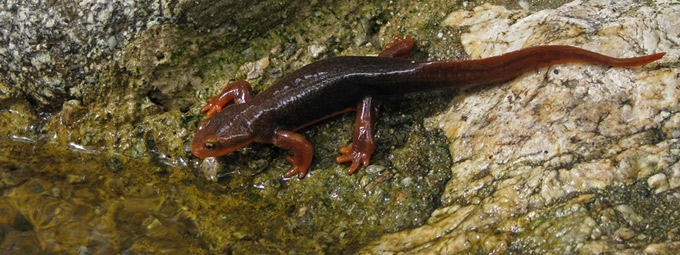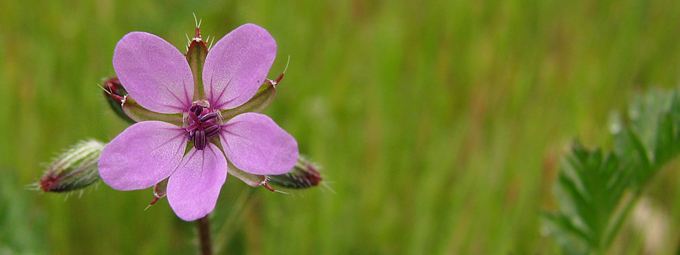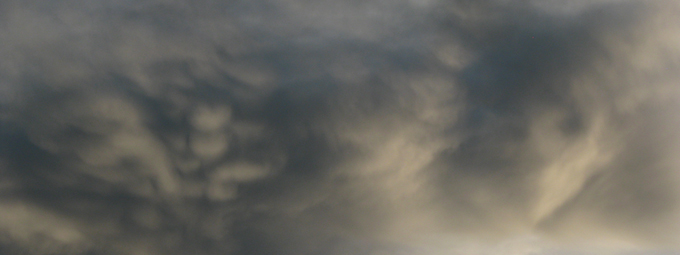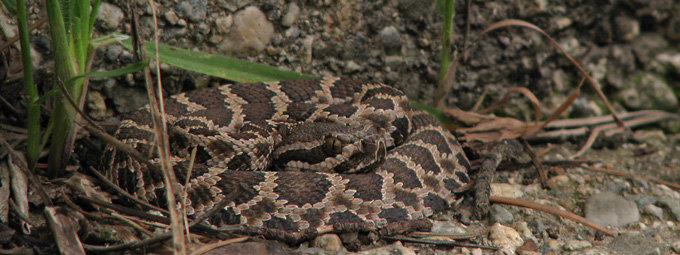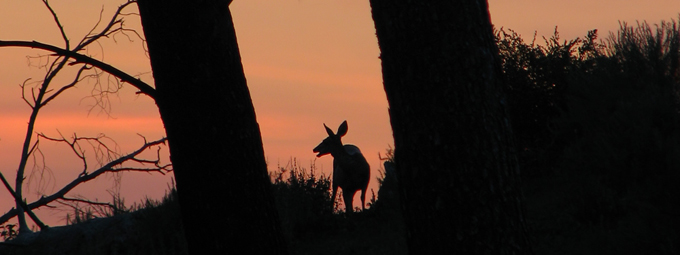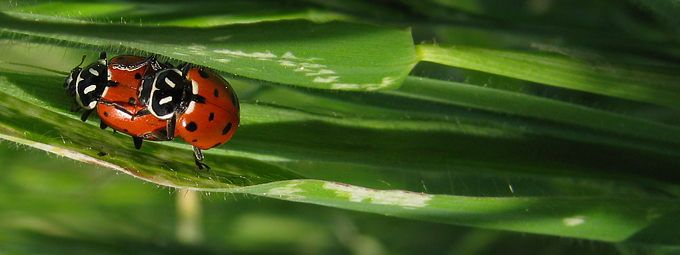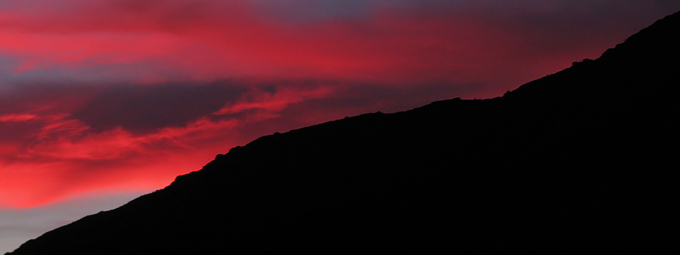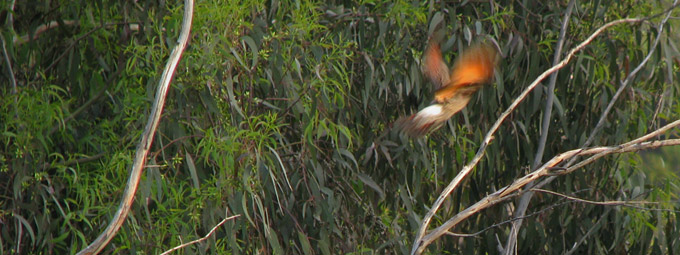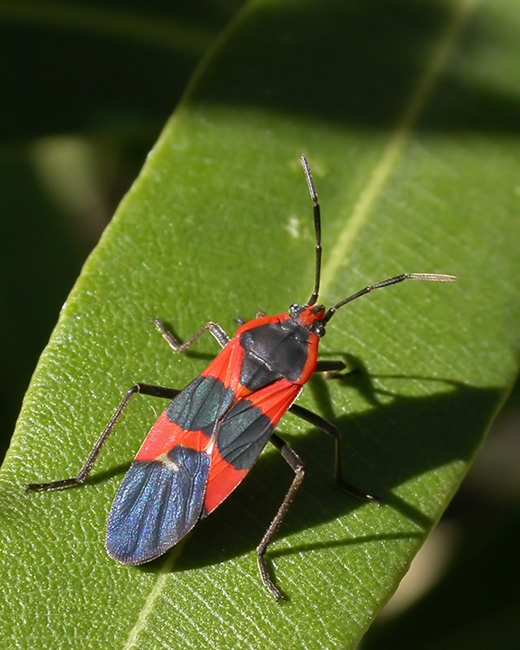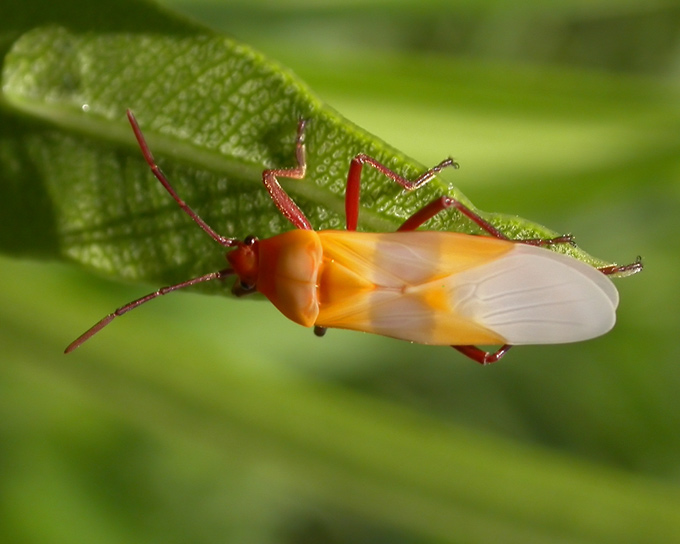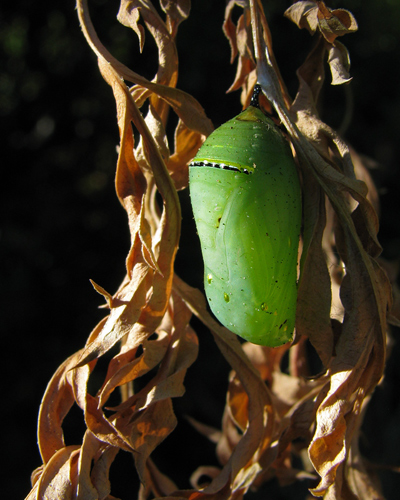
Monarch (Danaus plexippus) chrysalis
I had been such an avid reader for so many years of various excellent blogs that I had a pretty high standard of what I wanted to accomplish when I set out to begin my own. I definitely wanted a place to showcase my photography, artwork and poetry. I wanted to write about my observations and discoveries, to educate and enlighten people about my biggest passion — wildlife. I aimed to inspire readers, to entertain them, and to (hopefully) keep them coming back for more. Yet, if I’m being honest, more than anything else I was looking for an opportunity to share my life with more people. I spend a lot of time alone; partially by choice. I love the solitary hours I spend out in the field. Just me and the animals, the plants, the earth and sky. When I’m around other humans, I tend to be a bit frenetic and sometimes I have a hard time feeling comfortable in my own skin. But alone… outside… I am truly a different person. Life slows for me. I focus deeply. I breathe easier. I feel completely at home and content. I like who I am.
I suppose I thought that maybe I could merge those two worlds… the one where I’m alone (but the kind of person I’d like to be) and the one where I can interact with other people (but don’t always express myself as I’d like to). This blog seemed like a perfect opportunity to try to bridge the gap. It started out well enough… Nine posts in my first month! Then, there was only one in March — but I told myself it was because we’d been on vacation and I was just getting a slow start, easing back into the groove of things. But, here it is the first week of May, and it is hard not to see the writing on the wall as I acknowledge that I barely managed to eek* out a single post for April too. I have heaps of beautiful photos still to share of our exciting trip to Vashon. There has been non-stop Spring activity here in the canyon and every day seems to bring a new story to tell. My camera has been full of images and my head full of thoughts. So, what went wrong?
Well… I fell victim to my familiar weakness — perfectionism.
All my life I have struggled with my own unrealistically high standards. I have a vision in my mind of what I want to accomplish and sometimes I stubbornly refuse to settle for anything short of that. The upside is that when I actually do manage to complete something, I’d like to think that the end product is high-quality. The downside (and it’s a BIG one) is that I struggle over things that should be enjoyable and I often give-up on them entirely rather than settle for something “less than”. It’s not a trait that I like in myself and it’s one I’d like to change, if I can.
From this day forward, I’ve promised myself that I will post something every day. Sometimes, it may only be a single photo and a few words… still, it will be something. (I considered making this deal quietly to myself instead of broadcasting it, but old habits die hard and I feared I would backslide without some accountability.) I feel quite certain that it is more important for me to use this blog to share regularly about myself and the things that bring me joy than it is to have every entry be perfect. I’ve connected with so many warm-hearted, like-minded people via the Internet. They have brought so much camaraderie and contentment into my life. I’m happy and excited at the prospect of just focusing on making that connection and no longer getting as bogged down by limitations and standards that only exist in my own head.
So… I’ll be back tomorrow to share something wonderful… and the day after that… and the day after that… and the day after that… *grin*
[* EDIT: My husband just informed me that apparently the correct spelling is “eke”. Huh… you learn something new everyday! It seems cosmically fitting that there should be at least one typo in my post on abandoing perfectionism, doesn’t it?!]
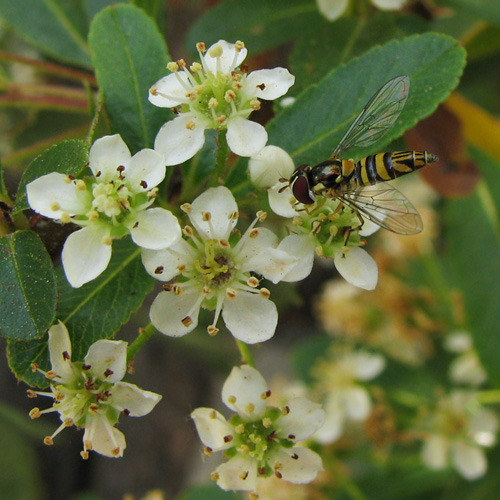 Nectaring on Pyracantha (Pyracantha angustifolia) flowers.
Nectaring on Pyracantha (Pyracantha angustifolia) flowers.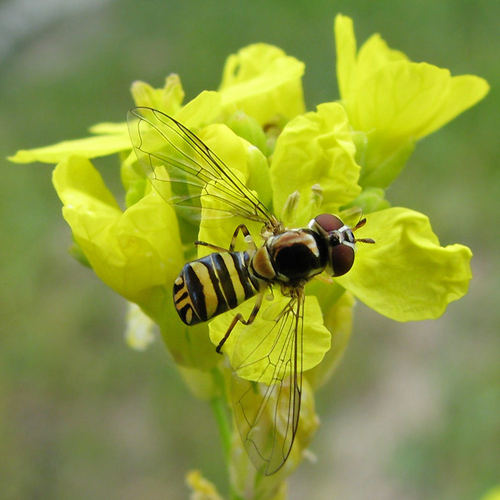 Nectaring on Mustard (Brassica sp.) flowers.
Nectaring on Mustard (Brassica sp.) flowers.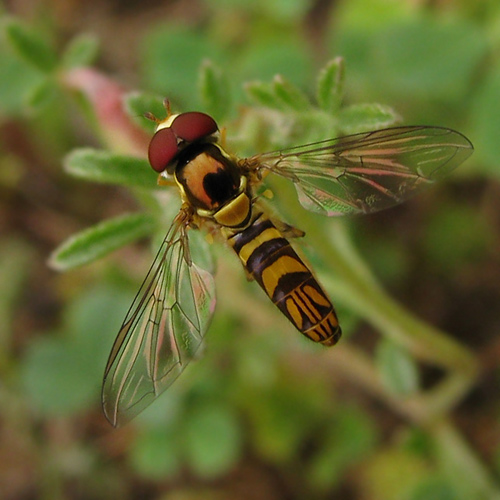 This is a male. See how its eyes come together and touch at the top of its head?
This is a male. See how its eyes come together and touch at the top of its head? 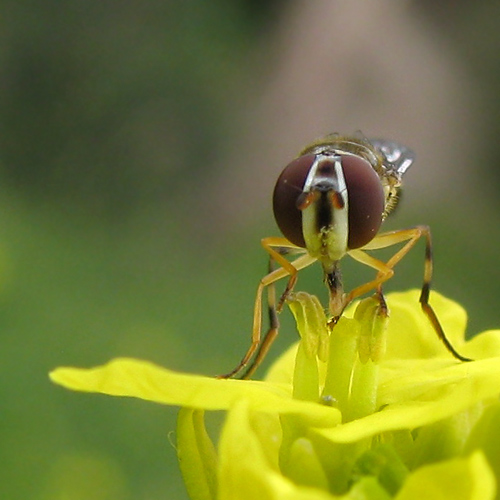 Here you can see the long mouthparts that the fly uses to effectively “lap up” the nectar and pollen.
Here you can see the long mouthparts that the fly uses to effectively “lap up” the nectar and pollen.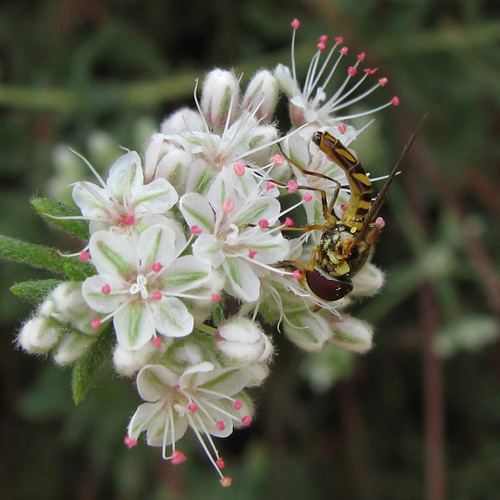 Nectaring on Buckwheat (Eriogonum sp.) flowers.
Nectaring on Buckwheat (Eriogonum sp.) flowers.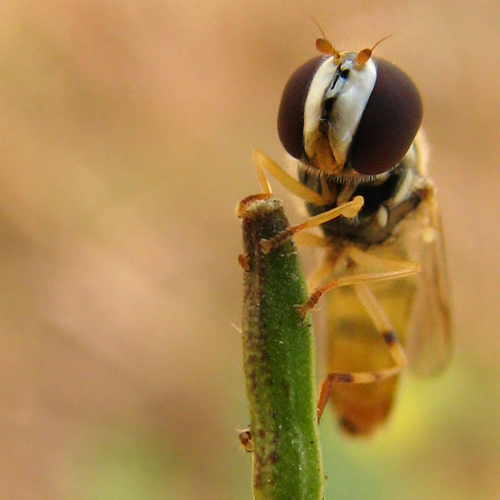 A face only a mother could love? *grin*
A face only a mother could love? *grin* 
